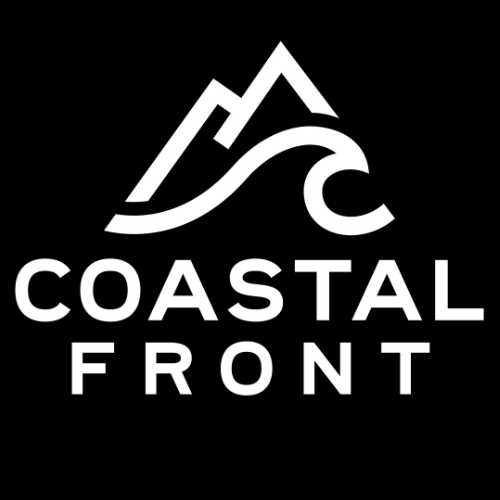Taxpayers fund billions in film subsidies — but BC keeps the details scattered
(Courtesy of Pexels)
British Columbia’s film industry is bracing for impact after US President Donald Trump announced plans earlier this month to impose a 100 percent tariff on all films produced outside the United States.
“This is a concerted effort by other Nations and, therefore, a National Security threat,” Trump wrote on Truth Social. “WE WANT MOVIES MADE IN AMERICA, AGAIN!”
While the tariff threat has dominated headlines, financial records show a surprising development: BC disbursed more than $1.5 billion in film and television tax credits last year—its highest on record—even as industry activity slowed. The spike reflects how credits are paid out long after they’re approved, making it difficult to assess how current spending aligns with current industry conditions. Further, that figure isn’t published in a single table or budget document. It’s embedded deep in the province’s Public Accounts, scattered across supplementary pages without clear labelling or totals.
Tariffs Spark Industry Anxiety
(Courtesy of CBC)
Trump’s announcement, vague on details, has sent BC’s film industry into a full-blown panic, as approximately 85 percent of productions in BC are US-financed. According to Creative BC, the sector contributed $2 billion to the provincial GDP in 2023 and employed about 26,000 workers—a significant drop from 50,000 the previous year.
BC Premier David Eby called the proposal “ludicrous,” noting its practical implementation would be difficult to imagine. He encouraged industry workers not to panic, pointing to the frequency and unpredictability of the president’s online statements.
Eby added that if the tariff were enacted, it would present serious challenges for US consumers, who might face two versions of streaming platforms: one limited to American productions, and another, more expensive tier with international content.
Vancouver Mayor Ken Sim issued a written statement warning that such a move could destabilize an industry rooted in cross-border collaboration, with impacts not only in Canada but also in the United States.
The BC film industry is already under significant strain following years of pandemic disruptions, strikes, and scaled-back production spending. Reportedly, only 25 percent of IATSE 891 members were working as of early May.
Union leaders say many film workers are under severe financial pressure, with some relying on personal savings or secondary income to make ends meet. Now, the tariff threat has caused even more anxiety, prompting a wave of member inquiries to local union offices, including over 50 calls to IATSE 891 following Trump’s statement, according to reports.
There is also widespread confusion about how such a policy would be applied, particularly when it comes to streaming content or productions with hybrid shooting locations. Studio executives, including those at Brightlight Pictures, told the CBC it remains unclear whether domestic portions of international co-productions would be penalized.
Outside Canada, similar concerns have been raised by unions and industry organizations in the United Kingdom, Australia and New Zealand. In a statement reported by Reuters, the head of UK union Bectu warned that the proposed tariffs could cause serious harm to an industry still recovering from recent economic shocks.
Despite the uncertainty, some high-profile productions—including The Last of Us and Shōgun—are confirmed to return to British Columbia. Eby has cited these as evidence of the province’s continued appeal as a production hub.
Subsidies High Amid a Slowdown
(Courtesy of CreativeBC)
BC paid out nearly $5 billion in film and television tax credits from 2018 to 2024 through two major programs: the Film Incentive BC and the Production Services Tax Credit.
Public accounts show that these subsidies have remained high in recent years, often covering between 25 and 36 percent of total certified production budgets. Certified production volume refers to the total budgets of film and television projects approved by Creative BC as eligible for tax credits—essentially, the scale of work greenlit for public support. In 2022–23, the province disbursed more than $1.34 billion in tax credits—its highest to date at the time—against a certified production volume of $4.4 billion. In 2023–24, even as certified volumes fell to $2.6 billion—down nearly 40 percent—tax credit payouts increased to more than $1.5 billion. That spike reflects the program’s lagging structure: payouts typically follow one to two years after a production is certified. But because the government doesn’t publish clear year-over-year comparisons, the connection between approvals and spending remains largely invisible—making it hard to assess whether rising subsidies are delivering proportional value.
Billions Spent, Little Clarity
(Courtesy of CBC)
Despite the scale of public support, the aforementioned figures are not easily accessible. Annual disbursements are not summarized in ministry releases or budget documents. Instead, they appear in supplementary schedules of the province’s Public Accounts, split across facing pages without clear labels or totals. Program names are listed on one page, while the actual amounts paid are on the next—requiring readers to manually align rows just to find the numbers.
To confirm the total distributed since 2018, the Ministry of Finance was contacted directly. The amount, $4.97 billion, was not clearly published in any single table or report.
At the same time, provincial messaging often leans on a different figure: the $19.3 billion in production volume certified by Creative BC over the same period. While the number highlights the sector’s scale, it refers to projected budgets approved for tax credit eligibility—not actual spending or economic impact. The public cost, disbursed later as claims are processed, represents only a portion of those totals.
In a background statement provided to Coastal Front, the ministry described BC as one of North America’s busiest production centres, and reiterated its support for both domestic and international projects. Officials highlighted jobs created, business spending, and the importance of sustaining the sector through recent downturns.
While the recent spike in payouts reflects earlier approvals, the province has not explained why disbursements hit a record high in 2023–24, or whether these taxpayer-funded subsidies are meeting their intended goals.
The White House, responding to questions on May 5, said no final decisions had been made regarding foreign film tariffs.





